- Category
- War in Ukraine
How Can Ukraine Defend Against Russia’s Deadly Glide Bombs?
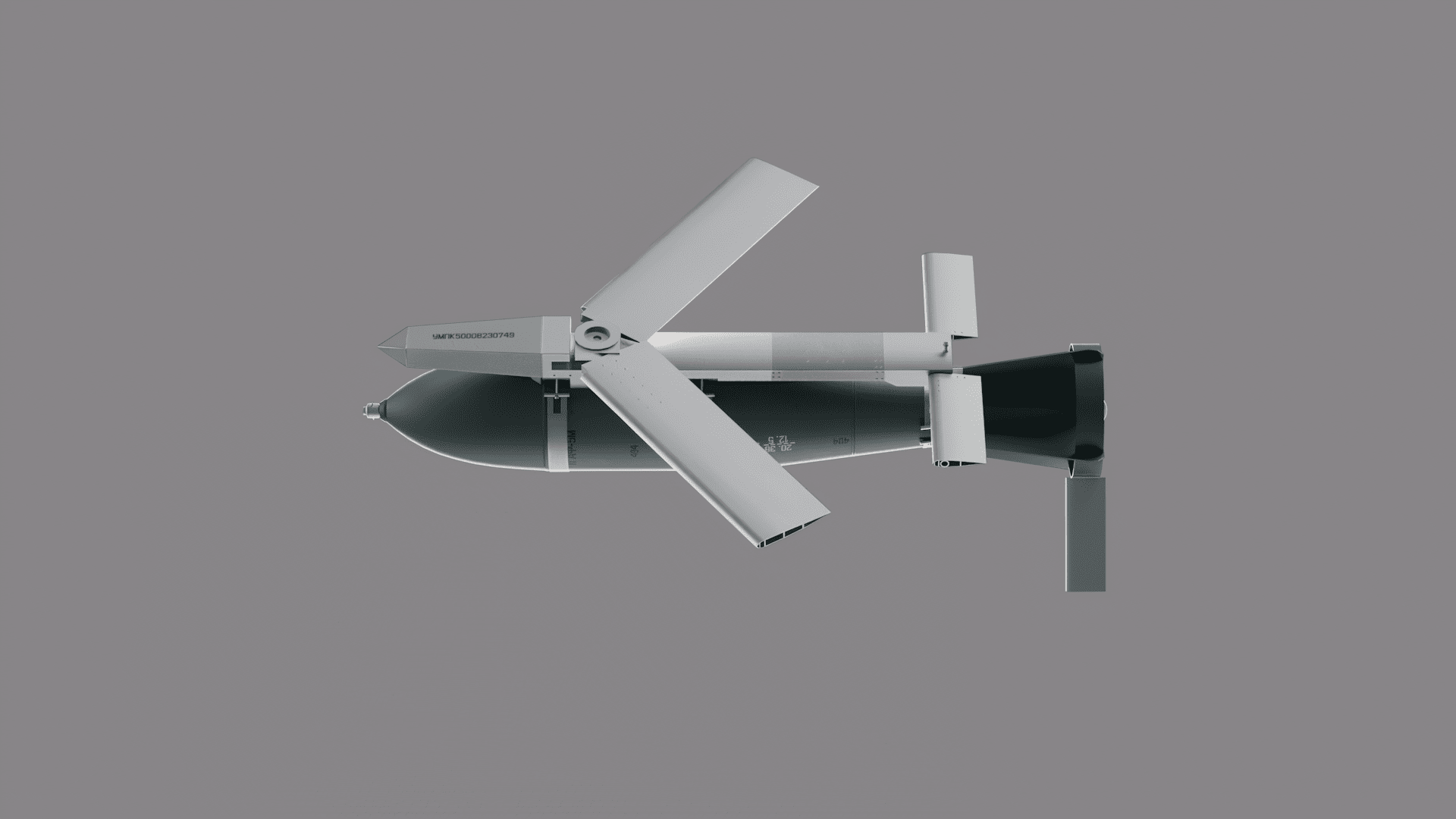
Russia’s lethal glide bombs have been referred to as their “wonder weapon” as they’re incredibly difficult to intercept. However, Ukraine has recently proved that intercepting them is not impossible. What do we know about the glide bomb and what can Ukraine and its Allies do to counter them?
Russia has launched more than 51,000 glide aerial bombs against Ukraine since the start of the full-scale invasion, the Ukrainian Air Force announced.
“Aerial glide bombs have become one of the greatest threats to civilians in cities along the frontline,” said Danielle Bell, Head of HRMMU . “They are also one of the main reasons why the number of killed and injured in 2024 increased by 30% compared with 2023.”
During the last week of January 2025, Russian forces launched 760 glide bombs, President Volodymyr Zelenskyy reported.
According to the HRMMU, glide bomb attacks killed 360 Ukrainian civilians and injured 1,861 in 2024—a threefold increase in fatalities and a sixfold increase in injuries compared to 2023.
Production of glide bombs ramped up in 2024, allowing Russia to fire thousands a month at Ukraine. In 2025, Russia will increase production again to around 50% more units, producing as many as 75,000, the Royal United Services Institute (RUSI) reported. RUSI predicts that although glide bombs were used in 2023, the massive expansion of this tactic in 2024 is set to increase further in 2025.
Glide bombs are incredibly difficult to intercept, but Ukraine is finding new ways to eliminate the highly destructive glide bomb. Ukrainian forces successfully intercepted a Russian-guided aerial bomb (KAB) near the frontline city of Zaporizhzhia in early February 2025.
What is a glide bomb?
Glide bombs are large, free-fall bombs made with satellite navigation and pop-out wings to glide the bomb at long distances to its target, turning them into precision weapons. KABs are cheap, highly destructive, predominantly made from retrofitted primitive Soviet-era explosives, and can be launched out of the range of many of Ukraine's air defense systems.
Glide bombs date back to World War II with Nazi Germany’s Fritz-X and Hs-293 weapons, and continued with the US AGM-62 Walleye in Vietnam and Desert Storm . They were expensive then, but in the late 1990s the US Joint Direct Attack Munition (JDAM), was launched.
Russia can produce a huge number of glide bombs, mainly because they are not new weapons but recycled from the Soviet era. A large majority are made from FAB (highly explosive aviation bomb) “dumb bombs.” There are three main types of FAB bombs commonly used by Russia, the FAB-250, FAB-500, and FAB-1500, Wall Street Journal (WSJ) reported.
Russia’s largest is the FAB-3000, its shockwave causes destruction hundreds of feet from the explosion site, spreading fragments over 0.6 miles.
Since 2023, Russia has been attaching a simple conversion kit called the UMPK (Universal Planning and Correction Module). This kit converts the free-falling ‘dumb bomb’ to a gliding ‘smart bomb.’

The CEO of the UMPK manufacturers, Tactical Missile Armament Corporation (KTRV) stated that in 2023-2024 the number of employees of KTRV increased from 66 000 to 90 000 people, Defense Express reported. One could assume that this highlights the extent of Russia’s use of glide bombs in recent years.
Glide bombs weigh between 500 kg and 3,000 kg (1,100-6,600 lb) and have a wingspan of around 7 feet, smaller than an aircraft. This makes them harder to track on radar. They are also hard targets, made in a thick steel casing, and don’t have vulnerabilities like engines or fuel tanks, which makes them easier to eliminate.
Glide bombs are unpowered and have no jet exhaust, therefore do not emit detectable heat. Some short-range air defense missiles, like the Stinger, are heatseekers – so glide bombs are impossible for those types of missiles to lock onto and strike.
A limitation of the glide bomb is that it can’t strike moving targets. Therefore, glide bombs are mainly used to target cities and military fortifications, which often don’t provide adequate protection from an attack.
“They are very effective at obliterating Ukrainian positions,” James Marson, the WSJ Ukraine Beureu Chief said. “Ukrainians, if they are in cities, will often take up positions in basements, places that would give them some shelter from most artillery rounds, but the destructive power of these bombs is such that they can bring down buildings above these soldiers.”
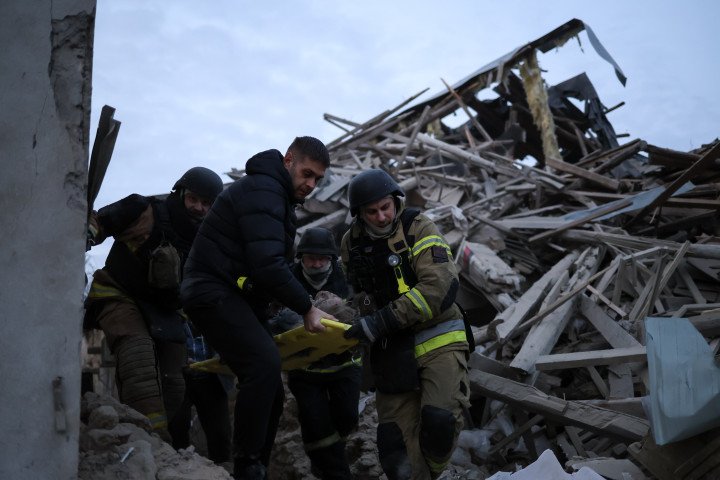
Where has Russia attacked Ukraine with glide bombs?
Russian forces launched a glide bomb strike on an industrial site in the Zaporizhzhia region, killing at least 13 people and injuring 127, on January 8, 2025. The attack caused the highest number of civilian casualties (killed and injured) in a single incident in almost two years.
Russian forces conducted a glide bomb strike against a former nursing home holding 84 local Russian civilians preparing to evacuate on February 1, 2025.
Glide bombs have become Russia’s key tactic in attempting to seize Ukrainian territory. They were pivotal in the capture of the once heavily fortified city of Avdiivka, according to The Centre for European Policy Analysis (CEPA). The constant use of glide bombs makes it very difficult for Ukrainian defenders to hold positions.
“[Glide bombs] are making Ukraine's defensive strategy more difficult because the Russians can just continually bombard fixed positions until they're gone,” said Prof Justin Bronk, airpower and military technology specialist at RUSI.
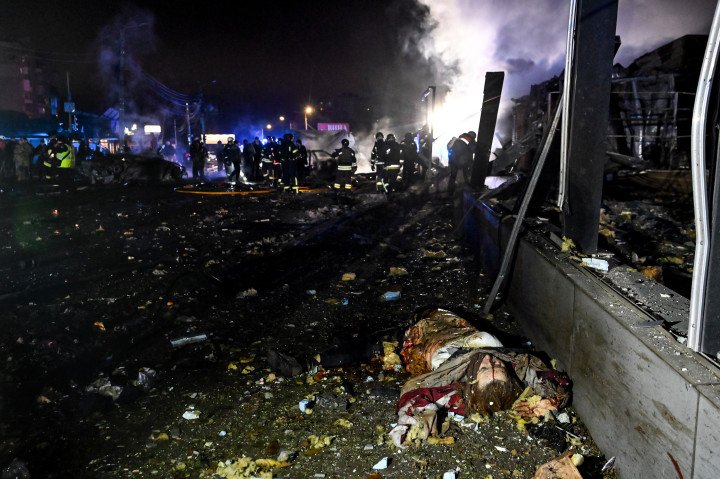
In 2024, Russia began showering the city of Kharkiv with heavy glide bomb strikes. This police officer’s body cam footage captures the moment of a strike against civilian infrastructure in the city. Glide bombs were launched from fighter jets across Russia’s border, which is just around 30km away, leaving civilians with no chance to take cover due to its proximity.
Five glide bombs were launched at Kharkiv on August 30, 2024, one destroying a 12-story building and burning a seventy-one-year-old civilian alive. Another killed a fourteen-year-old girl sitting on a bench in a park and left six people dead in total. By September, Kharkiv was being attacked almost daily by glide bombs.
Glide bombs have negatively impacted moral “because they have enough explosive to entirely obliterate those caught in the blast and bury those in the vicinity, leaving no recoverable corpse” RUSI stated in their latest report reviewing the three years of Russian full-scale invasion of Ukraine.
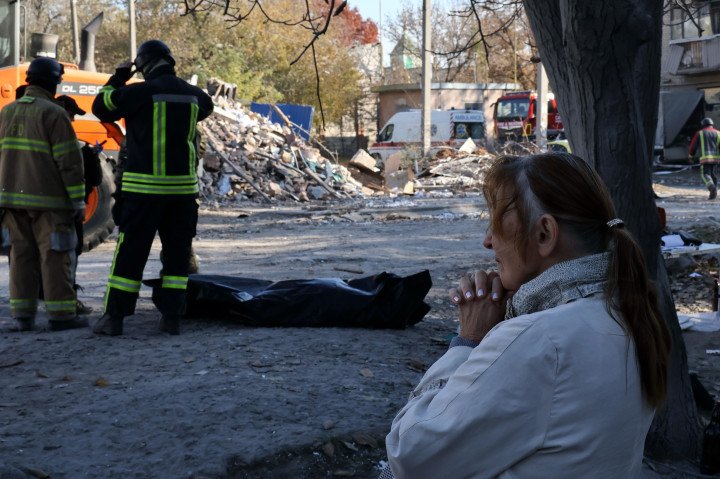
How can Ukraine counter Russia’s glide bombs?
"They (Russia) would sooner give up bread, butter, and so forth, but not bombs,” said Valerii Romaneko, an aviation expert and leading researcher at Ukrainian National Aviation University. “Expanding their quantity is an existential path for Russia. They will always manufacture bombs, so the means of countering them must be to neutralize the means of delivery overall.”
After Ukraine’s successful interception of Russia’s glide bomb targeting Zaporizhzhia on February 7, Ukraine’s Air Force spokesperson, Yurii Ihnat, confirmed that it was not the first time Ukraine had managed to down such a bomb. However, he emphasized that countering the threat requires a multi-layered approach.
“To counter this threat, we need an integrated approach, both the use of ground-based air defense and aviation components in order to drive away the carriers of these missiles as far as possible,” Ihnat said, without disclosing how the bomb was intercepted.
However, we do know that recently, Ukraine’s electronic warfare capabilities have proven to be effective against Russia’s glide bomb attacks. Russian forces have been recently relentlessly striking the city of Pokrovsk, and Russian military bloggers, like the pro-Russian Fighterbomber Telegram channel, have admitted that the effectiveness of these bombs has collapsed.
“All high-value targets are guaranteed to be covered by (electronic warfare),” Fighterbomber reported. As a result, Russian forces now need up to 16 bombs to reliably hit a single target.
Ukraine has saturated the battlefield with powerful electronic warfare systems that interfere with signals from GLONASS, Russia’s alternative to the U.S. GPS, according to Forbes. Without continuous satellite guidance, Russian glide bombs are veering off course and often detonating harmlessly in open fields.
Forbes added that Ukraine, with Western support, already has a technological edge in this field—further tilting the battlefield in Kyiv’s favor.
International partners should also prioritize exploring solutions to the threat from glide bombs, including reducing the sortie rate of the Russian army, RUSI stated.
“The most likely means of achieving effects in this area are to resource Ukraine’s long-range strike program to target fuelling and rearming points and air bases” of the Russian army, they said.
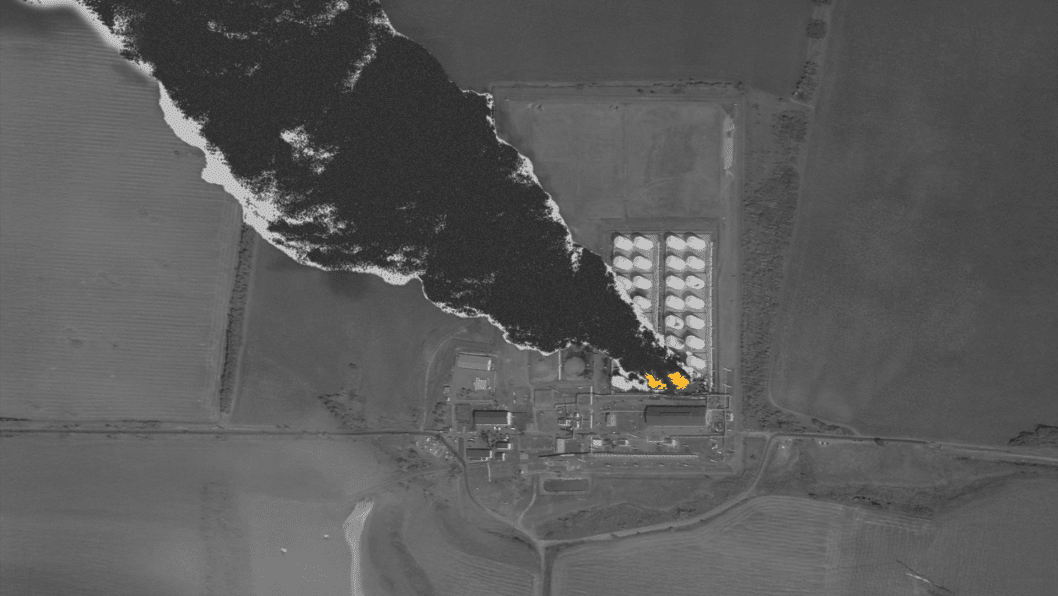
Ukraine is already skillfully using long-range missiles and drones against Russia’s ground targets, destroying air bases and advanced combat aircraft:
Ukrainian drones targeted the Kazan Aviation Plant, one of Russia's largest aviation facilities and a producer of Tu-160 strategic bombers, on January 20, 2025.
Ukrainian drones struck an oil depot in the Voronezh region and an aviation plant near Smolensk. The Smolensk Aviation Plant manufactures Su-25 ground-attack aircraft, on January 21, 2025.
Ukraine successfully struck the Russian Kremniy EL microelectronics plant in Bryansk which produces microchips for Russian weapons systems such as the Topol-M and Bulava missiles, S-300 and S-400 air defense systems and aircraft, on January 23, 2025.
Ukrainian Air Force destroyed a Russian drone site utilized as a base for launching unmanned aerial vehicles (UAVs) against Ukrainian defense positions in the Sumy region, on February 15, 2025
A Ukrainian drone strike on a Russian airfield led to the destruction of a MiG-31 interceptor and two Il-76 Candid transport aircraft at Savasleyka Air Base, about 400 miles northeast of Ukraine, on August 16, 2024.
What was previously unthinkable, is now a daily headline.

RUSI also suggests that digging major subterranean defenses with overhead protection would obfuscate precise Ukrainian force positions, creating uncertainty about where they are concentrated.
“Sufficient structural reinforcement and multiple entries and exits can prevent troops being entombed by glide bombs if hardened fortifications are unfortunate enough to suffer close hits during combat,” RUSI said.
NATO has recently launched the “Innovation Challenge,” a program focused on finding a solution to detect, intercept, and neutralize glide bomb attacks. Specific points of interest are new innovative ways to jam glide bombs and destroy the bomb or glide kit in the air while finding ways to enhance the resilience of critical infrastructure. They are seeking cheap, intuitive solutions that require very little training. The agenda will be presented in March 2025.
New military technologies are playing a key role in Russia’s full-scale war. Ukraine has proved highly proficient in its range of innovations rapidly transforming the battlefield. Ukraine seems to have already found a solution to downing glide bombs, which will likely be seen over the coming months.
-46f6afa2f66d31ff3df8ea1a8f5524ec.jpg)
-c42261175cd1ec4a358bec039722d44f.jpg)
-6359eca46c72bde40a90abaaadd6eaa8.png)
-29a1a43aba23f9bb779a1ac8b98d2121.jpeg)

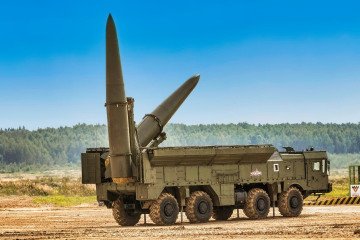
-206008aed5f329e86c52788e3e423f23.jpg)